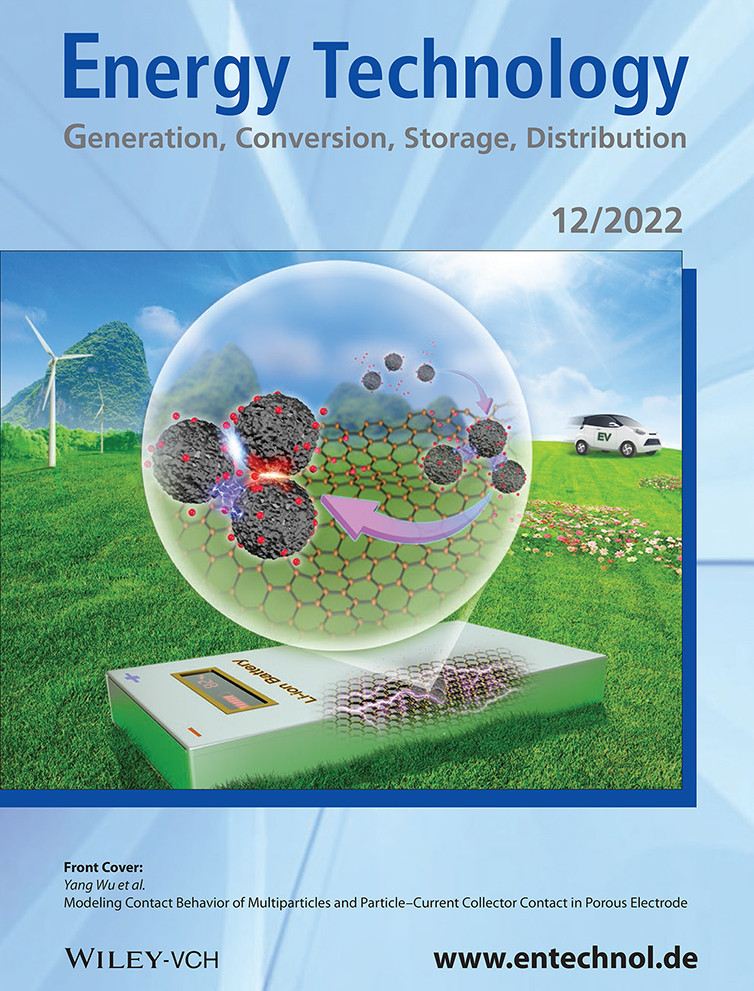Improved Compound Correction-Electrical Equivalent Circuit Modeling and Double Transform-Unscented Kalman Filtering for the High-Accuracy Closed-Circuit voltage and State-of-Charge Co-Estimation of Whole-Life-Cycle Lithium-Ion batteries
Abstract
For complex energy storage conditions, it is necessary to monitor the state-of-charge (SOC) and closed-circuit voltage (CCV) status accurately for the reliable power supply application of lithium-ion batteries. Herein, an improved compound correction-electrical equivalent circuit modeling (CC-EECM) method is proposed by considering the influencing effects of ambient temperature and charge–discharge current rate variations to estimate the CCV. Then, an improved adaptive double transform-unscented Kalman filtering (ADT-UKF) method is constructed with recursive sampling data correction to estimate the nonlinear SOC. A dynamic window function filtering strategy is constructed to obtain the new sigma point set for the online weighting coefficient correction. For a temperature range of 5–45 °C, the CCV for the improved CC-EECM responds well with a maximum error of 0.008608 V, and the maximum SOC estimation error is 6.317%. The proposed ADT-UKF method improves the CCV and SOC estimation reliability and adaptability to the time-varying current rate, temperature, and aging factors.
Conflict of Interest
The authors declare no conflict of interest.
Open Research
Data Availability Statement
The data that support the findings of this study are available from the corresponding author upon reasonable request.




